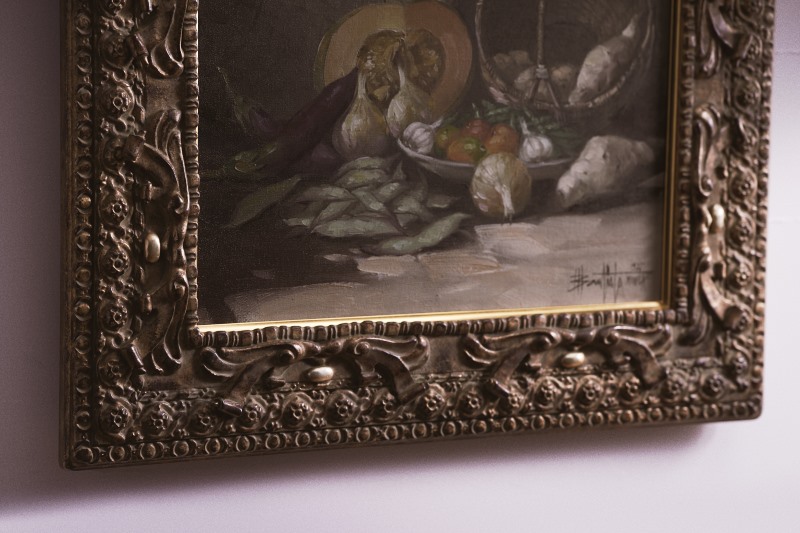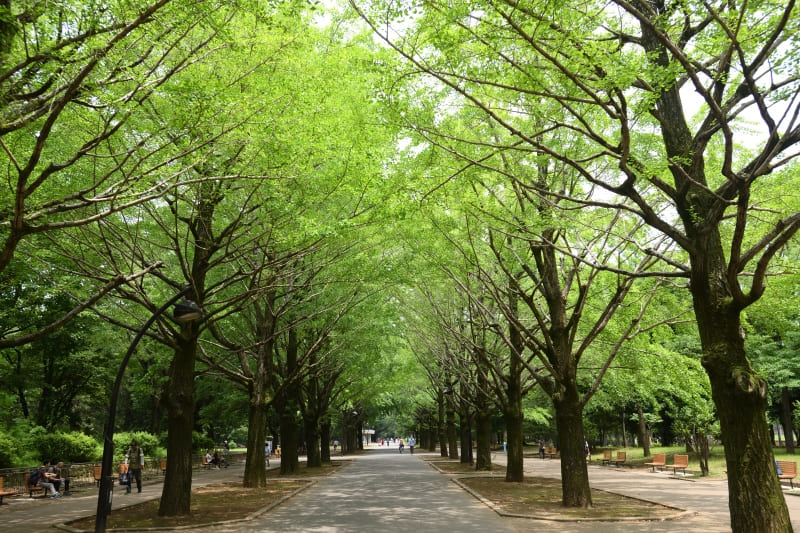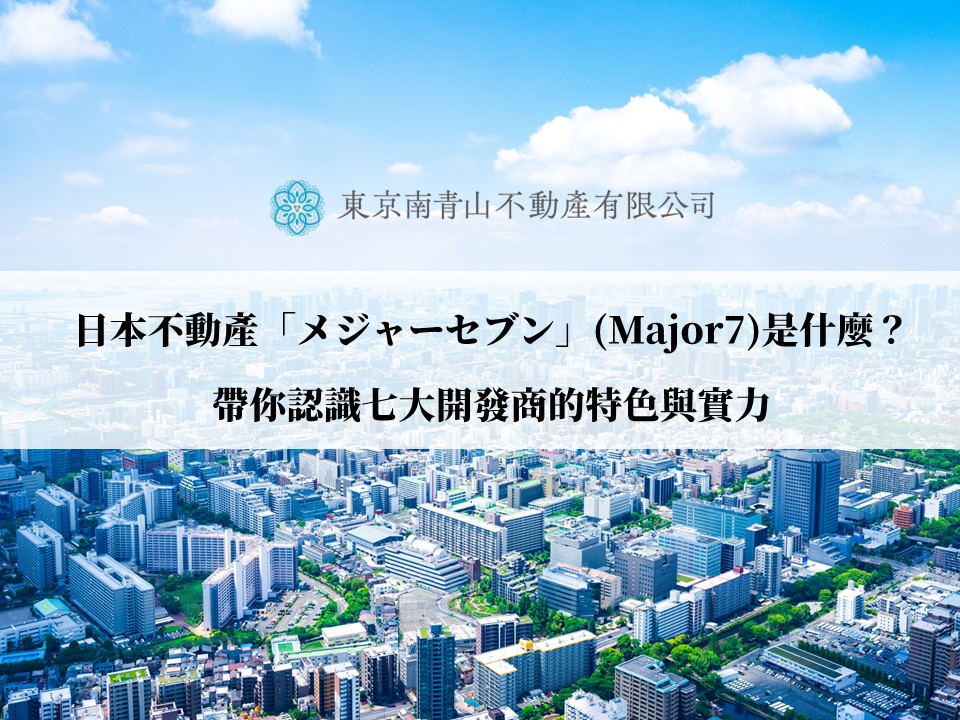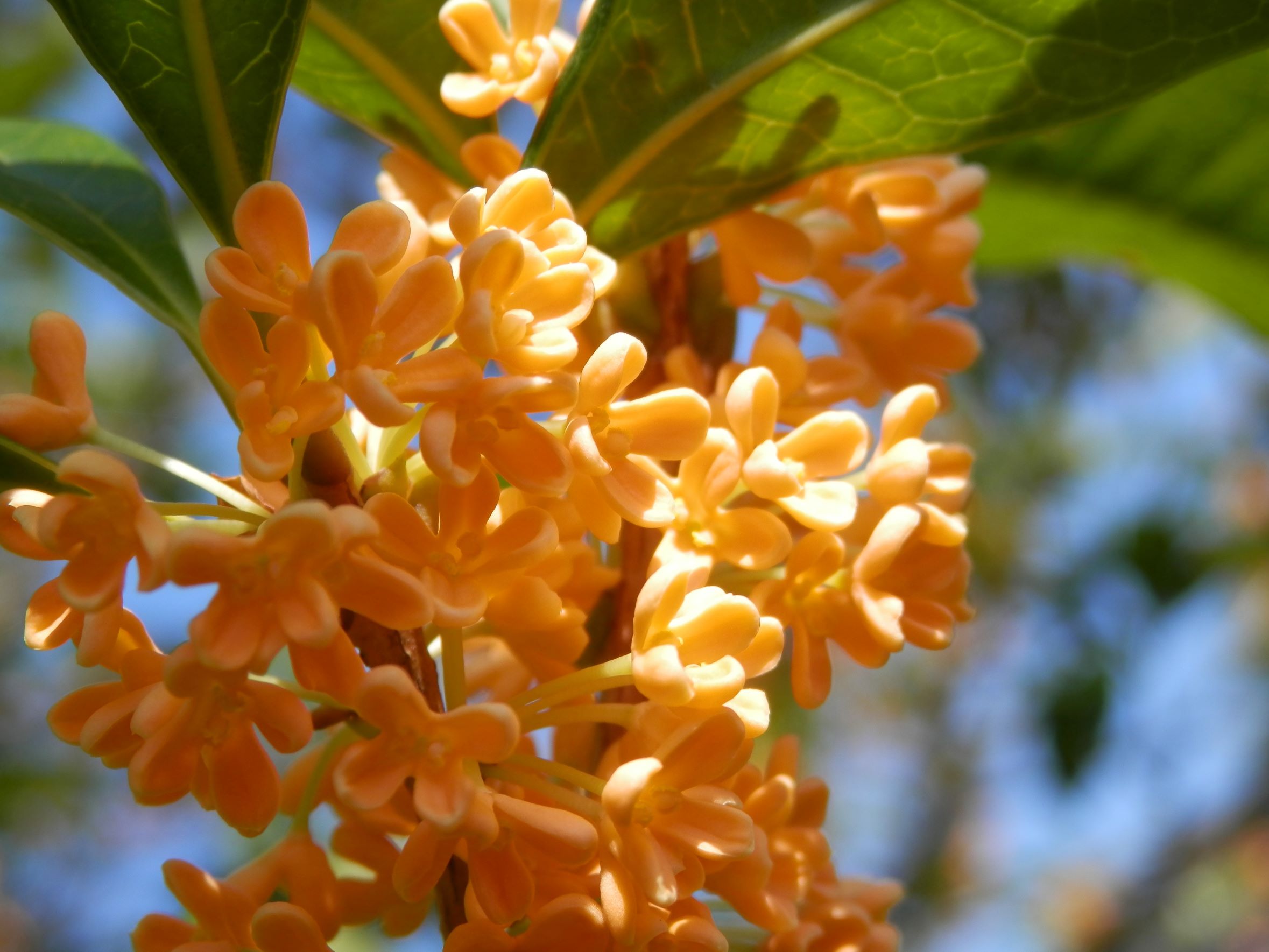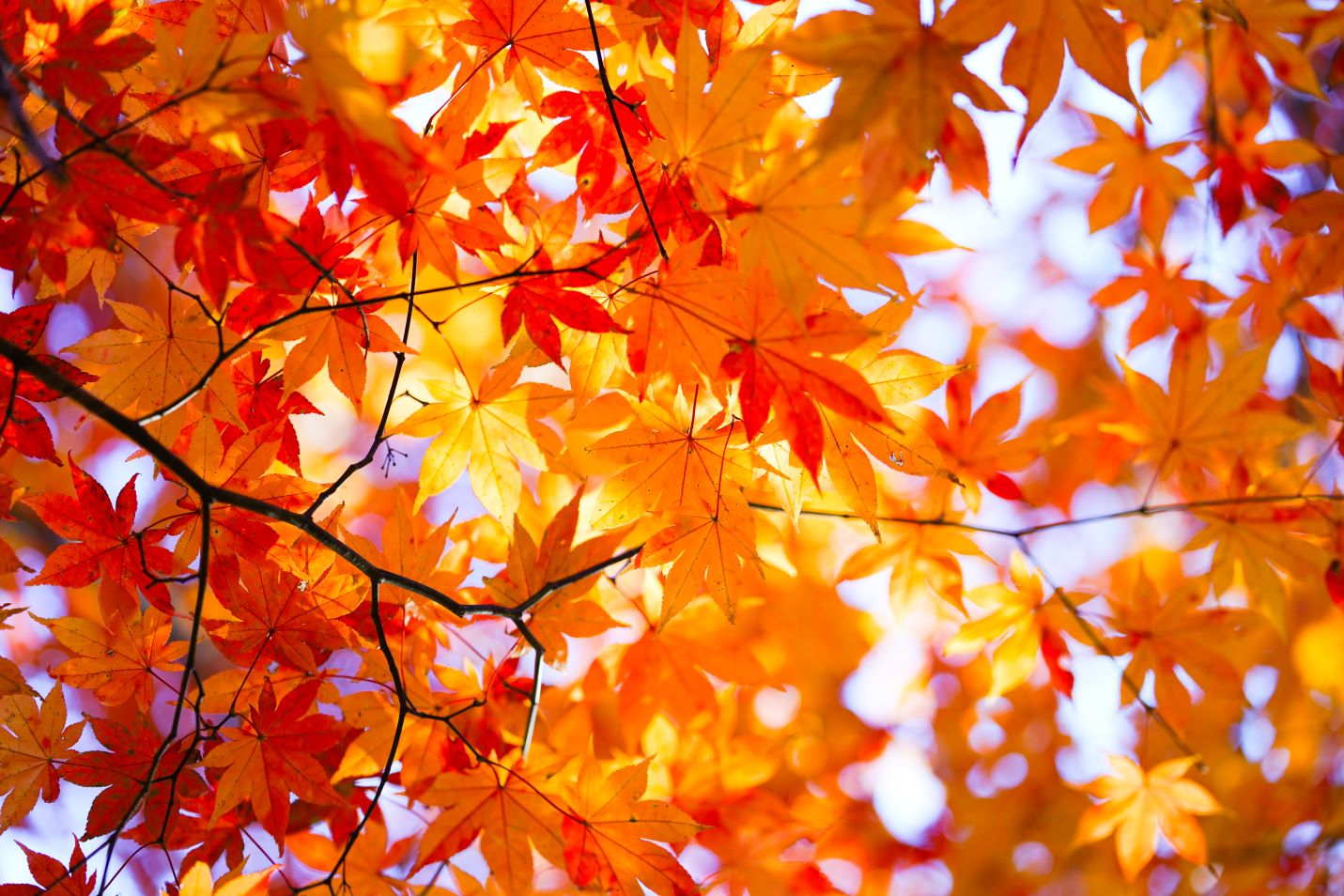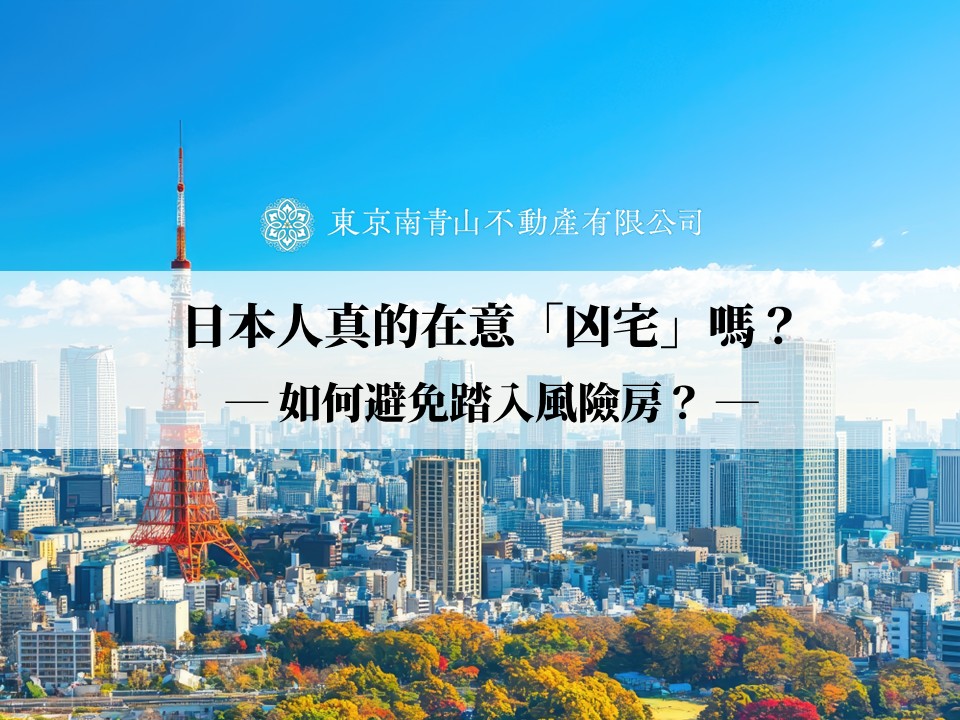Nerima Ward is located in the north-west of Tokyo's 23 wards, bordered by Saitama Prefecture to the north and Nakano, Suginami and Musashino wards to the south.
The ward ranks first among the 23 wards in terms of the number of parks (as of 1 April 2022) and the area of farmland (according to the Nerima Ward website updated in March 2023), making it an excellent place to live, surrounded by rich greenery and close to farmland, despite its proximity to the city centre.
Most of the area lies on the Musashino plateau, which is well drained and has long been the centre of agriculture for field farming. The Shakujii River runs through the centre of the district and the Shirako River runs through the northern part. Springs can be seen here and there, and Sanboji Pond near the Shakujii River is a pond formed by spring water.
It is also the newest of the 23 wards, having separated from Itabashi in August 1947 to become the '23rd ward'. Representative towns include Nerima, Ekoda, Shakujii-Koen and Oizumi-Gakuen on the Seibu-Ikebukuro Line, Kamishakujii and Musashiseki on the Seibu-Shinjuku Line and Hikarigaoka on the Oedo Subway Line.
Hikarigaoka Park
Junction of Kawagoe Road and Old Kawagoe Road (photo taken in 1956) (Photo provided by Nerima Ward).
■1 Prehistoric Nerima
Nerima is thought to have been inhabited in the Palaeolithic period, some 30,000 years ago. Many archaeological sites have been found along the Shirako River, whose source of water is Igashiraike in Oizumi, and along the Shakujii River, whose source of water is Koganei Park, with the addition of spring water from Sanboji Pond. The Ikebuchi Site in the south of Shakujii Park is thought to date back approximately 5,000 years, while the Kurihara Site in Johoku Central Park is thought to be a settlement of more than 10,000 years ago.
Ikebuchi Site
Kurihara Site
■2 Nerima District in the Middle Ages (Nara period - pre-Edo period)
During the time of the Ritsuryo Period (7th-10th centuries), Nerima belonged to the 'Toshima-gun' of Musashi Province. Toshima-gun covered a wide area, of which Hirooka-go is thought to correspond to the Nerima area.
In Hirooka-go, "maki", the practice of letting horses and other animals roam free, was well developed at this time, and many horses were bred for use as gifts. Horses from this area were known as 'Bando-koma' and were highly valued by the government.
The head of the pasture in Musashi Province was called 'Betto', and the Betto became powerful in the management of the fields cultivated in the pasture, giving rise to the manor. At the same time, a self-defence organisation for the manor, the Bushidan, was also created, and Nerima fell under the power of one of these clans, the Toshima.
During this period, two castles were built by the Toshima clan, Shakujii Castle and Nerima Castle, but these were attacked and destroyed by the Uesugi family's Ota Dogan in 1477.
When the Uesugi clan left the Kanto region, Nerima came under the rule of the Go-Hojo clan, and it was during this period that the Kawagoe Road connecting Kawagoe and Edo was opened and the Shimo-Nerima Inn (near the current Tobu-Nerima Station) was established in Nerima.
Ruins of Shakuji Castle
Shakuji River
■3 Nerima in the Edo period (1603 - 1867)
Nerima in the Edo period was an agricultural village supplying vegetables to Edo. The main products were radishes, burdocks and potatoes, and the Nerima daikon (radish), which was created through breeding, became very popular as it was suitable for making takuan pickles, and Nerima became one of the leading daikon producing areas in the country. Shimonerima village was lined with seed dealers, who sold a variety of seeds, including Nerima daikon.
In 1696, the Senkawa Waterworks, which diverted water from the Tamagawa Waterworks, was opened and crossed Nerima along the present-day Senkawa Street. Senkawa Josui was initially used as drinking water for the entire city of Edo, but was later also used for agriculture, following petitions from 20 villages in the basin. This enriched the plateau on the south side of the Shakujii River, which had previously been inaccessible, and contributed greatly to the development of agriculture in Nerima.
In the early Edo period, the Ome Road was opened to transport lime from Ome to Edo City, passing through Sekimura (now Seki-cho) in Nerima, and settlements gradually developed along the road. The Fuji-Oyama Road (today's Fuji Kaido) was also newly opened at Shimo-Nerima-inn on the Kawagoe Kaido, and people from the northern Kanto region passed through here on their way to worship at Mount Daisen in Isehara.
As a sightseeing spot in Nerima, the Sanboji Pond in Shakujii is widely known among Edo citizens and was often depicted as the subject of ukiyo-e woodblock prints. It was visited by many people as a place of scenic beauty with clear, limpid water.
Nerima radish drying in the sun, (around 1935) (Photo provided by Nerima Ward)
Sanbouji Pond
■4 Nerima Ward from the Meiji era to the pre-war period (1868 - 1945)
In the Meiji era, railway development brought change to Nerima, which had been a farming village. The Musashino Railway (today's Seibu Ikebukuro Line) opened in 1915, and Nerima Station and Shakujii Station (today's Kamishakujii Koen Station) were established in the same year. Thereafter, new stations opened one after another along with the development of residential areas along the line, and the town developed in front of the stations.
After the Great Kanto Earthquake of 1923, there was a large-scale population shift from the city centre to the western suburbs of Tokyo, which was absorbed by the residential areas developed around the new stations.
One of the most distinctive developments was the Oizumi-Gakuen-cho development north of Oizumi-Gakuen Station, where in the 1920s a real estate company belonging to the Seibu Group acquired the land and rezoned it, followed by large-scale residential subdivisions. The neat streets lined with detached houses were a coveted residential area for the citizens of Tokyo in the early Showa period.
This population growth led to the incorporation of the villages of Nerima, which had previously belonged to Kita Toshima County, into the City of Tokyo, and in 1932 they were incorporated into Itabashi Ward. In the area that is now Nerima Ward, the population more than quadrupled in the 20 years between 1920 and 1940.
With the development of the railway network, industries other than agriculture also emerged in Nerima. Among these, the Dainippon Boseki Nerima Factory, which was founded in 1921 on the north side of Nerima Station, was a large-scale factory that later became the Kanefuchi Boseki Nerima Factory, and at its peak accounted for a third of the domestic share of felting production.
In 1935, the Shinko Kinema Tokyo Studio (later known as Toei Tokyo Studio) was established in Oizumi, relocated from Kyoto, and produced a number of masterpieces during the early days of Japanese cinema.
Nerima Station ( around 1955) (Photo provided by Nerima Ward)
Kanefuchi Boseki Nerima factory, ( around 1956) (Photo provided by Nerima Ward)
■5 Nerima Ward during and after the war (1941 ~ )
After the war, in March 1947, the special wards of Tokyo were reorganised from 35 to 22, but Nerima continued to be part of Itabashi ward. However, a pre-war movement to separate from Itabashi Ward bore fruit, and in August 1947 Nerima Ward was established as the 23rd ward.
In the post-war period, Nerima experienced an increase in population due to economic growth, which led to the rapid development of residential areas. The most significant changes occurred in the present-day Hikarigaoka area, where the Hikarigaoka Danchi and Hikarigaoka Park were developed until 1992.
The site of the park after its closure in 2020 became the Nerima Joshi Park and the Harry Potter Studio Tour Tokyo in 2023.
The film industry, centred on Toei Studios, also flourished, establishing the image of Nerima as a 'film town'. In the 1950s, Toei Animation began producing animation, starting with Japan's first full-scale animation 'Hakujaden', and went on to produce numerous masterpieces such as 'Astro Boy', 'Galaxy Express 999' and 'Ashita no Joe'. For this reason, Oizumi is known as the 'birthplace of Japanese animation' and, together with Suginami Ward, is the world's largest concentration of the animation industry.
Woman visiting with aircrew at Narimasu Airfield, 1943 (Photo provided by Nerima Ward)
Toei Video Studios, ( around 1980) (Photo provided by Nerima Ward)
■6 Nerima Ward in the future
The most notable future development is the planned extension of the Oedo Subway Line, which currently terminates at Hikarigaoka Station.In February 2023, the Tokyo Metropolitan Assembly adopted a positive study for the extension of the Oedo Line to Oizumigakuen-cho, which, if realised, will create three new stations in the vacant railway zone in Nerima Seibu.
This is expected to shorten the time required to travel between the north-west of Nerima Ward and the Shinjuku sub-centre, and promote new town development around the planned new station sites. The new station is expected to create a bustling commercial area, as well as a residential area that is easy to live in, coexisting with farmland and residential areas.
In terms of urban development, redevelopment is underway at the south exit of Shakujii Koen Station, with completion scheduled for 2027, and the opening of the Harry Potter Studio Tour Tokyo in 2023 will bring new life to the Toshimaen Station area.
Nerima is characterised by a diverse range of developments, but also by its close proximity to lush greenery and nature. The rich forests and waterfront will be maintained in the future, and the parks will always be lined with beautiful trees and lawns.
Hikarigaoka Park
Exterior perspective of the 'Shakujiikoen Station South Exit West Area Type 1 Urban Redevelopment Project'.
■Mini Column
Picture frame making developed in Japan in the 19th century with the spread of Western-style painting. Whereas in the past picture frames were made by a division of labour between craftsmen in the areas of fingerwork, engraving and painting, Tokyo Picture Frames integrates the entire process of picture frame making, including the finishing touches, through the concentration of skills. This allows the company to produce special hand-crafted picture frames that can meet a wide range of orders. The characteristic decorative moulded patterns include acanthus, laurel flowers and leaves, waves, seashells, chrysanthemum flowers, leaves and arabesques.
There is also a workshop in Nerima Ward, where frames are made for the public to enjoy, including original miniature frames as well as frames to display the artist's work.
